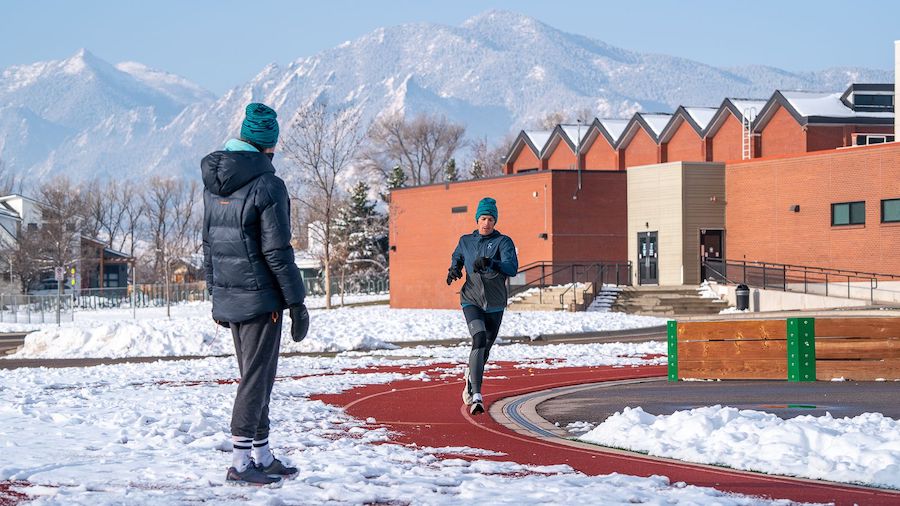There’s a fine line separating performance and athletic potential. This case study illustrates the real consequences of overtraining and how training load can be better managed to avoid the high-stakes gamble altogether.
There’s a fine line separating performance and athletic potential. This case study illustrates the real consequences of overtraining and how training load can be better managed to avoid the high-stakes gamble altogether.





